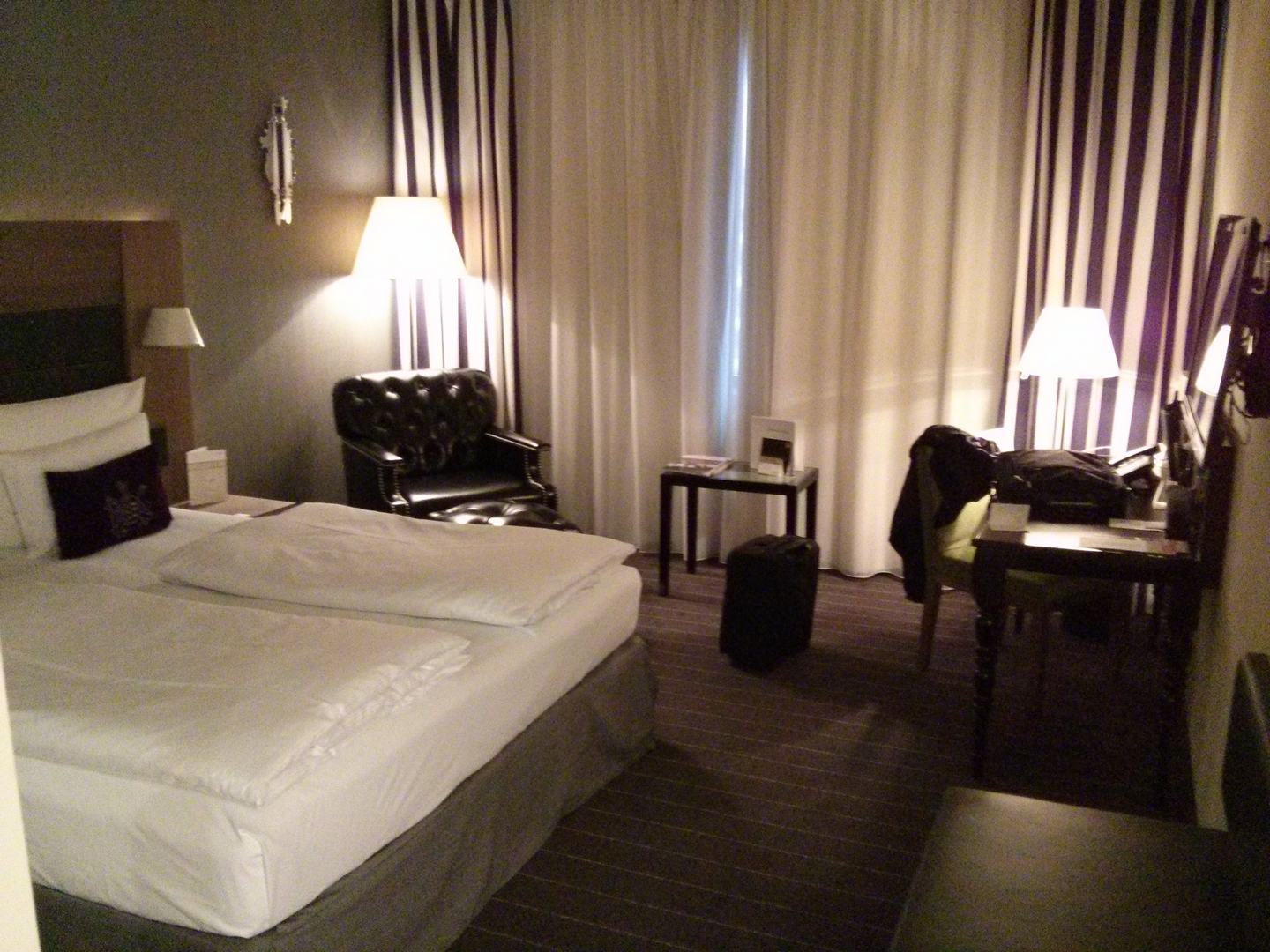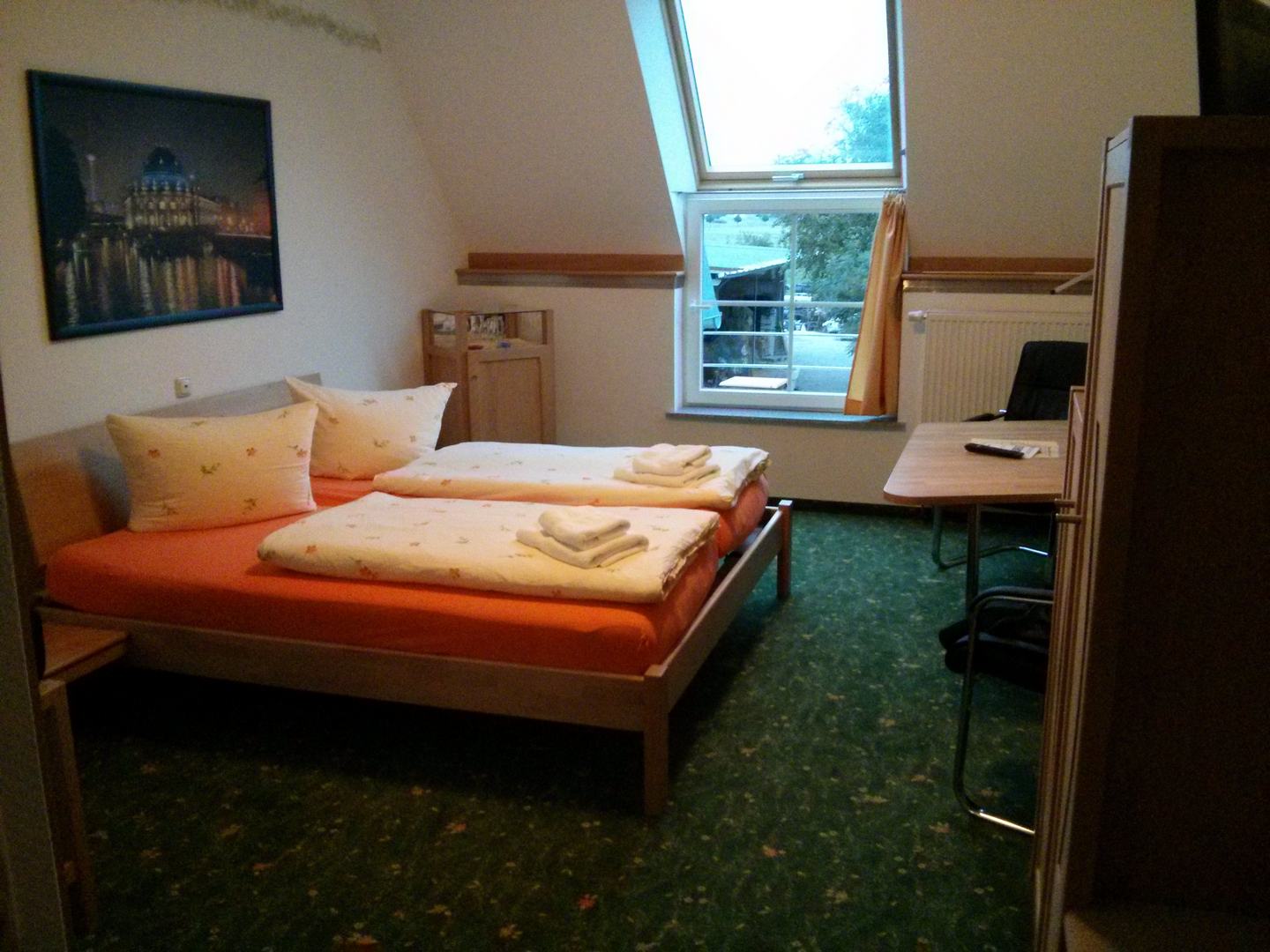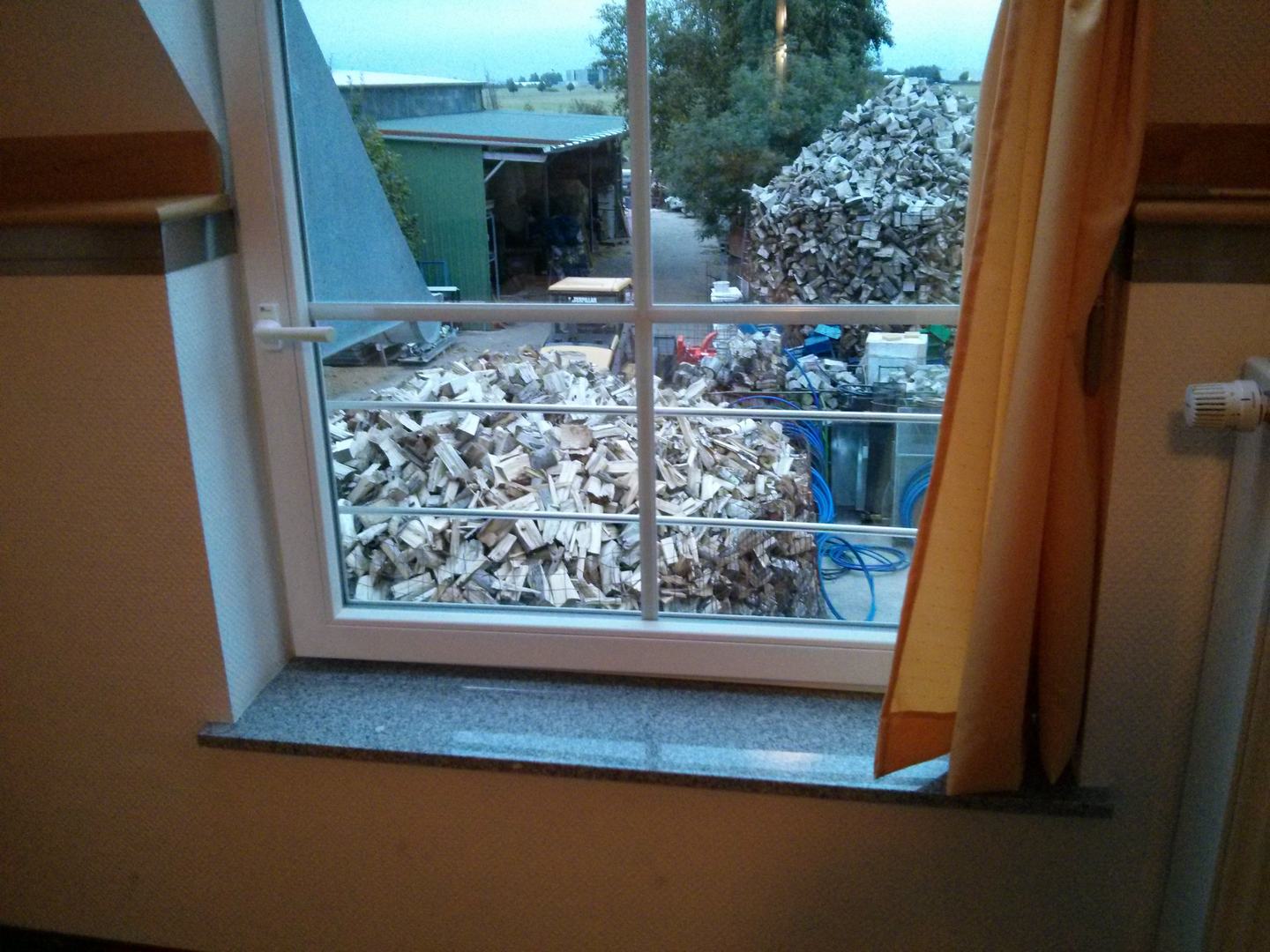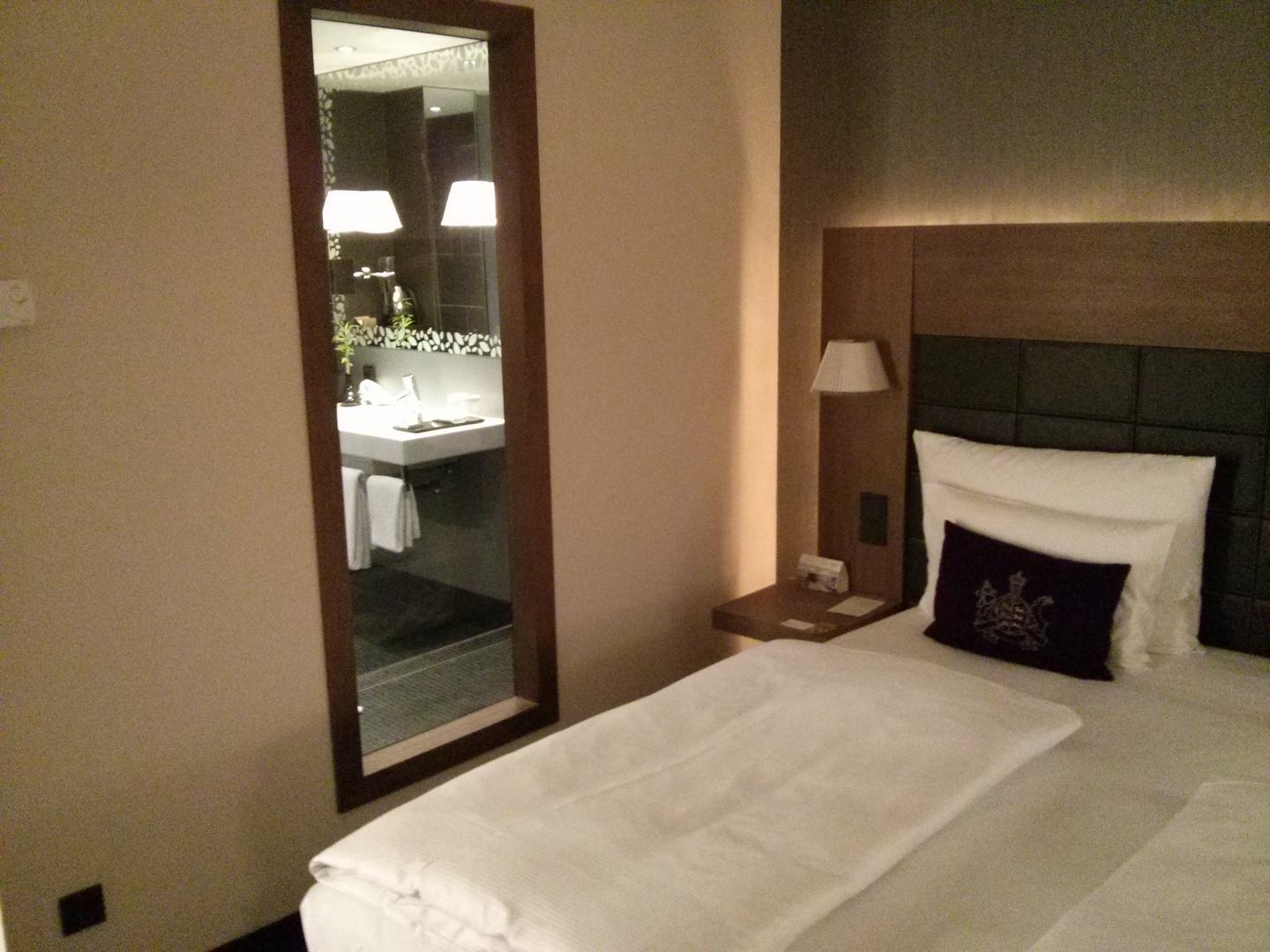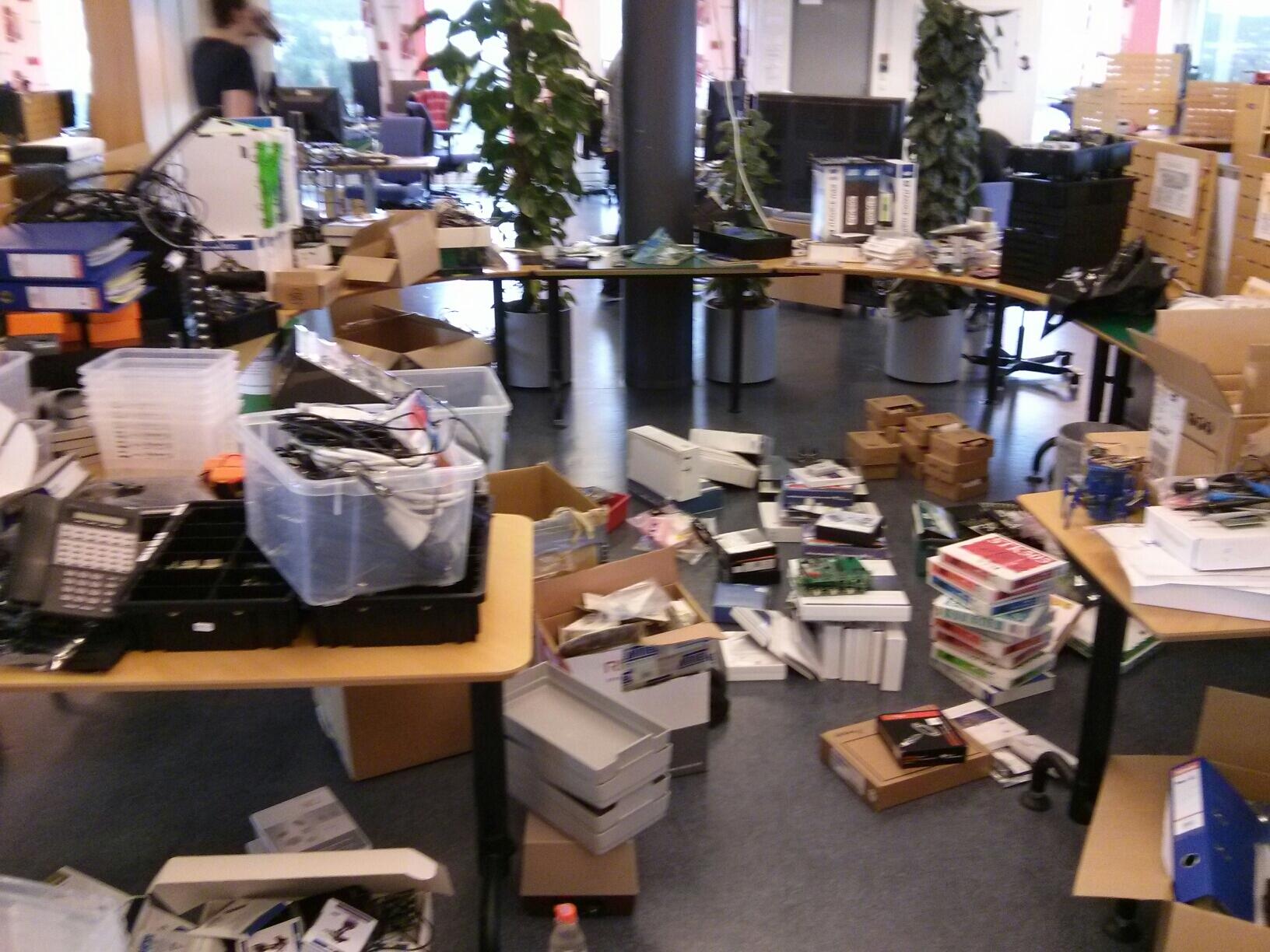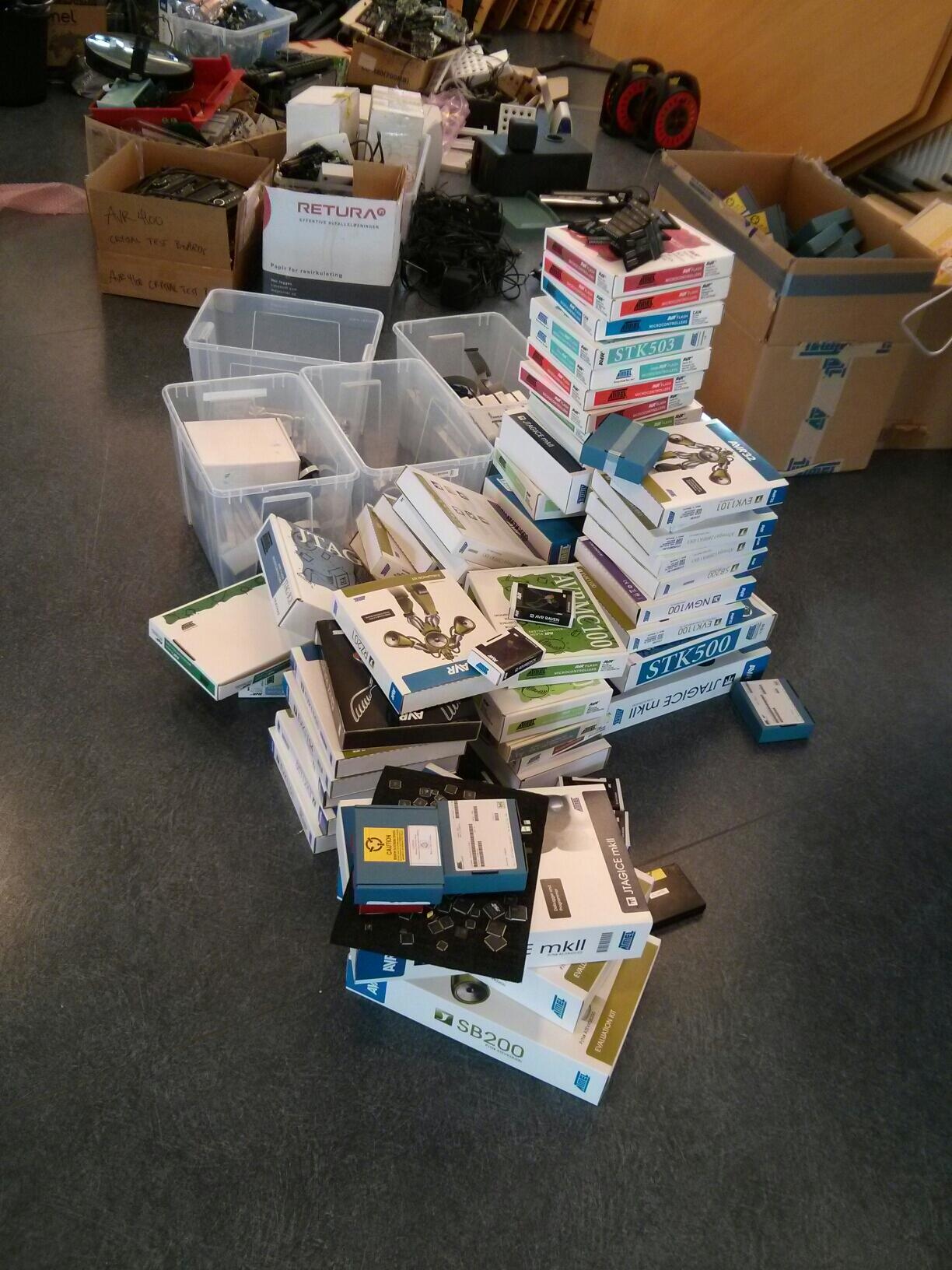So, time for an update. As usual, it’s late — but dagnabit I’m on holidays now and I just moved to the other side of the world again. Get off my back!
A lot has been going on over the last few months, and I’ve been keeping pretty busy. After handing in my resignation to Atmel (*sniff*) I managed to get my mind off things by flying down to Germany to meet up with a few of my Australian friends, who were traveling around Europe for their vacation. First we met in Hamburg (or was it Frankfurt? A food-like name, anyway…) and jumped in a rental Audi A3 with the plan to drive all the way back up to Trondheim. Things ended up not going quite to plan when I had not one, but two Norwegians telling me to turn around and go back due to bad weather, so we got up as far as Oslo before they turned around and I escaped back via a cheap last-minute plane flight. Under normal conditions Norwegians will drive in just about any situation, so it’s best to take heed when they start to worry about your welfare.
Germany is a lot nicer the third time, perhaps due to me being over there for leisure this time rather than for work. I think our fellow Germans agree with me, when we spotted this guy on the Autobahn doing ~200KM/h:
Yes, that’s his leg. The driver’s leg. Plus one point for relaxed driving, minus several million for a complete disregard for common sense.
Driving through Denmark was weird; the language is similar in many respects to modern Norwegian (for obvious reasons) but with a few strange words. For the most part I was able to translate signs and speak enough basic phrases to order things in shops, but apparently the word for “Minibank” (ATM, cash machine, hole-in-the-wall, money dispenser, etc.) is completely different in Danish, leading to much confusion on my and the shopkeeper’s part. In general however Denmark was just as pretty as Norway, but everything was significantly cheaper.
We stayed in two interesting (cheap) locations in Denmark. First off was a lovely hostel with “attached gymnasium” that we snagged at the last minute online – we spent a good few minutes trying to figure out where the heck it was, before realizing that, yes, we just booked a gymnasium for the night. Apparently the gym also catered to school camps and such with some very utilitarian dormitories, which I found to be a bit of a laugh for the night we stayed. It would seem the hotel listings in Denmark are written by ex-real estate copywriters – lesson learned. Waking up and having just for four of us eating breakfast in a hall clearly designed for around 100 screaming kids was a bit disconcerting but hey, free Wifi!
Next was a deliberately interesting place, a farm. We expected a bit of a ye-olde bed-and-breakfast in a quaint farm cabin or something, however when we turned up we were instead led into what can only be described as a modern unit with hot tub, flat-screen TV, the world’s largest spa bath and tandem showers (not entirely sure about the last one…) all for the low low price of DK1200. It seems the Danish tourism authority gives out large cash grants to places to upgrade their rental properties to increase tourism and boy-howdy, it works. Nothing like waking up and drinking coffee while watching cows graze the fields and cute bunnies running around a field to put you into a relaxed mood.
After taking the Color Line ferry to Kristiansand (near my good friend/ex-coworker Morten’s old home) we then drove up to Oslo for a couple of days to get our fill of culture in the form of more molded and sculpted genitals than I ever thought I needed to see, as well as seeing how Norway used to be, as well as their horned ancestor’s boats. Great stuff.
So, enough about that. The last month at Atmel was hard; I’ve forged some great friendships over the last two years and gained much experience, but it was time to move back to Australia, back with my partner and look a bit more long term. Of course, being Trondheim, it couldn’t let me go without snowing the bejeesus out of my rental apartment the week before I left:
And trying to kill me with a mysterious bacterial infection in the last few days. After two years of perfect health, I think the country was finally actively trying to kill me. On the other hand, I can now say the Norwegian medical system is wonderful. Before heading out, I made sure to make my mark on the office with a tube of super-glue and a coworker’s Yoda (don’t worry, it’s 3D printed so easy for him to get a untouched replacement):
But ultimately, I’ll really miss my friends over there. I only hope no one leaves out any cable tidy mesh around where unsuspecting coworkers can find it:
With any luck I’ll be back on a holiday over to Norway to say hello in the future, and of course thanks to modern technology I can still talk with my friends over there. Timezones at a bit of a problem however, due to the 9 hour difference between Trondheim and Melbourne. One good thing about returning home is trading food like roast Whale:
Into real food:
And of course opening my Christmas presents:
But of course with my return came a bit of a problem; I didn’t have a job lined up. I’ve been looking around for the last three months while still over in Norway, but was finding it tough until I put out a call on Twitter and got a bite from Marc over at LIFX Labs. I took a look, and it seems they manufacture some pretty snazzy Wifi controlled light-bulbs:
One in-person visit, a signed contract later and I can now announce that as of January next year, I’ll be part of the LIFX team! Really, really looking forward to it – right now I’m a 50/50 mix of optimism and sheer terror.
So that’s it for now; a few project announcements and other random things to talk about, but I’ll hold off on those until the new year. Happy New Year everyone!








